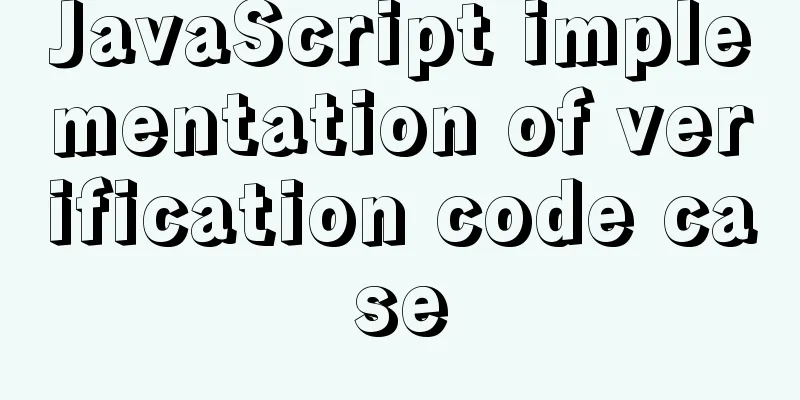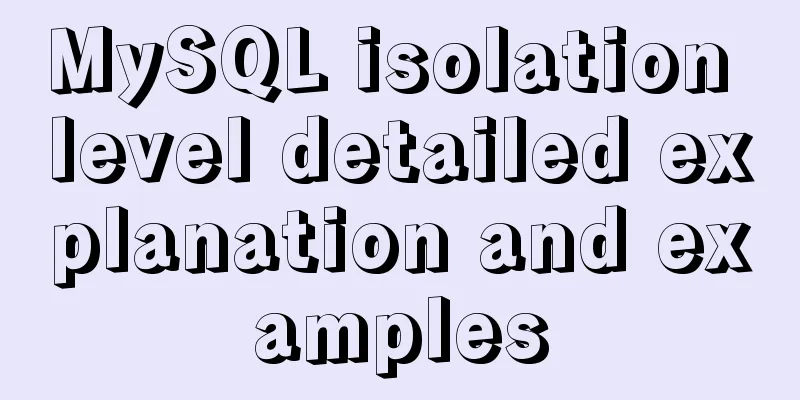How to install Jenkins on CentOS 8

|
To install Jenkins on CentOS 8, you need to use the root account or an account with sudo privileges. Because Jenkins is written in Java, you need to install the Java environment 1. Install OpenJDK. 2. Enable the Jenkins repository. Run the following commands to download and import the GPG key: sudo wget -O /etc/yum.repos.d/jenkins.repo http://pkg.jenkins-ci.org/redhat-stable/jenkins.repo sudo rpm --import https://jenkins-ci.org/redhat/jenkins-ci.org.key 3. Install the latest stable version of Jenkins by typing the following command 4. 5. Check if Jenkins is running
6. Use the following commands to open the necessary ports 7. Browser http://ip:8080
8. Use the cat command to view the administrator account password of Jenkins on the server CentOS 8
9. Copy the password from the terminal, paste it into the "Administrator Password" field, and click "Continue
10. Click on the "Install suggested plugins" box and the installation process will begin
11.
Jenkins successfully installed on CentOS system Summarize The above is the method I introduced to you to install Jenkins on CentOS 8. I hope it will be helpful to you. If you have any questions, please leave me a message and I will reply to you in time. I would also like to thank everyone for their support of the 123WORDPRESS.COM website! You may also be interested in:
|
<<: An article to understand operators in ECMAScript
>>: Binary installation of mysql 5.7.23 under CentOS7
Recommend
Installation and configuration method of Zabbix Agent on Linux platform
Here is a brief summary of the installation and c...
Solve the mysql problem: Unable to continue code execution because MSVCR120.dll is not found
1. Problem The problems encountered when initiali...
Teach you about react routing in five minutes
Table of contents What is Routing Basic use of pu...
View the number of files in each subfolder of a specified folder in Linux
count script #!/bin/sh numOfArgs=$# if [ $numOfAr...
Front-end state management (Part 2)
Table of contents 1. Redux 1.1. Store (librarian)...
mysql5.7 remote access settings
Setting up remote access in mysql5.7 is not like ...
js to realize the mouse following game
This article shares the specific code of js to im...
React Native reports "Cannot initialize a parameter of type'NSArray<id<RCTBridgeModule>>" error (solution)
Recently, when running an old RN project, the fol...
WebWorker encapsulates JavaScript sandbox details
Table of contents 1. Scenario 2. Implement IJavaS...
JavaScript implements product details of e-commerce platform
This article shares a common example of viewing p...
Explain TypeScript enumeration types in detail
Table of contents 1. Digital Enumeration 2. Strin...
HTML+CSS implementation code for rounded rectangle
I was bored and suddenly thought of the implementa...
A brief discussion on the difference between Mysql primary key index and non-primary key index
Table of contents What is an index The difference...
Detailed explanation of CSS text decoration text-decoration & text-emphasis
In CSS, text is one of the most common things we ...
About MySQL 8.0.13 zip package installation method
MySQL 8.0.13 has a data folder by default. This f...



















